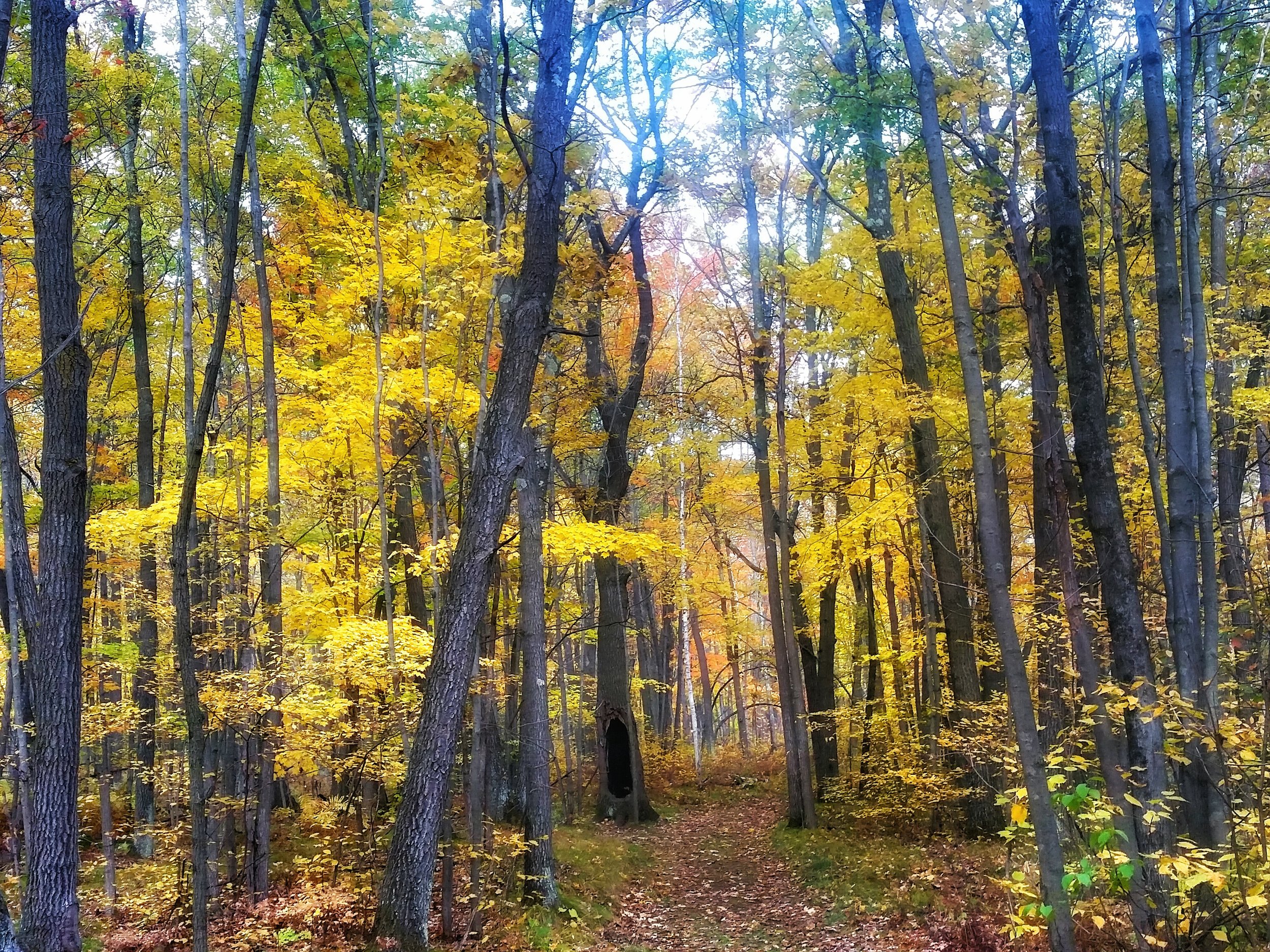Seasonal Wellness: Winter
/To recap, I am writing posts on seasonal wellness, starting with the season of spring. If you are new to this series, here’s a quick snapshot: “Seasonal wellness simply means that you live in rhythm with the cycles of nature. We can tap into and use this energy to live in balance with the natural cycles of wellness that nature provides. All we need to do is look to nature for guidance.” Seasonal Wellness: Spring
Winter: Turning in and tuning in
If we want to learn about the season of winter, the best place to turn is to the bear. As we know, bears hibernate for the winter season. Come deep frost, a bear enters into a cave (or womb), and there in the darkness she practices a period of deep rest and solitude. This is a uniquely feminine, the yin cycle. In Taoism, this is referred to wu wei or the art of “non-doing.”
Let’s further consider this powerful animal: the bear can swim, run, and climb. They’re dedicated mothers and fierce hunters. In fall, the cycle of harvest, a bear will significantly increase its body weight before entering the den. After a deep cycle of rest and regeneration, the bear will emerge in springtime in full force of new energy and prowess. The bear truly lives in deep harmony with the seasons.
In winter, the bear tells us to lay aside our active doing, and seek regeneration through meditation, contemplation, and detachment.
With the bear as our teacher, you may recognize some themes in your own experience of winter:
- Has there been a slowing of projects, goals, or activity?
- Is my body in need of more rest or alone time?
- Is there an opportunity for contemplative or meditative practice right now?
Turning In
Turning in is a deeply important practice in our modern age. With a near constant stream of information, cell phones, social media, apps, dating sites, news streams, podcasts, docuseries, best-selling books, group text (...are you catching my drift?) it becomes very apparent that we, as a society, place value on the opinions of others, world affairs, and group experiences above the ability to press the proverbial PAUSE button and tune into our own heartbeat.
Winter encourages us to create space between the informational and energetic barrage going on around us and remember that our own heartbeat, our own thoughts, and our own dreams are deeply important.
Wherever you fall on the scale of social activity and information consumption, I suggest allowing yourself the necessary space to go inward. Sometimes this is as simple as taking a few minutes each morning to yourself. Or perhaps, like me, you take long breaks from social media, cell phones, and even your own blog (wink-wink).
Tuning In
There are those among us that have a natural grace through winter. They’re typically found sipping hot tea by the hearth, decorating in warm lights and soft fabrics, and recounting the tranquil beauty of the last snowfall. As my mom would say, winter has never been my “spiritual gift.” In the past I have done winter much like an elephant climbing a tree. It's usually unsuccessful and painful to watch. In the past couple of years, I have taken some notes from my winter people, the bear, and my own imagination to collect a few practices that have helped me to tune in, relax, and participate in the true wonder of winter. Here are a few of my favorites:
Intentional Dreaming:
Winter is the time of the unconscious. It’s also the season of the dream world. In ancient traditions and cultures, our dream world was a way to gather valuable information about the subconscious, or even the waking world, delivered through symbols and experiences in our dreams.
There are many ways to be more in touch with your dreamtime. Some people keep dream journals by recording all of their dreams each morning. Much like how a muscle is built, we begin to recall our dreams more actively through this process.
I choose to intentionally dream. This means that each night before going to bed, you ask a question and request it be answered in dreamstate. You might also actively send your consciousness to a preferred place / presence / or experience. I always ask to remember the dream. In the morning, see if you received the answer or gathered the information / experience intended.
Meditative Exercise:
Softening activity in winter is often a great practice for many people. Our bodies exert a lot of energy to keep warm in the colder months, so slowing down or exercising to 65% effort (as opposed to giving your movements 100% everything you’ve got) can be a beneficial shift. Active meditation is also a great option in this arena. Some of the best practices for mind, body, and spirit in winter are:
- Walking
- Yin yoga
- Breathing exercises paired with movement, such as Qigong
- Tai Chi
Dream Boarding:
The gift of tuning in is the ability to access information from our deepest core. Often in the great hustle and bustle of the other seasons, we jump on one-way tracks without really contemplating simple, core questions:
Do I enjoy this?
Is this food, person, activity, job serving my well being?
If I could have, do, or be anything or anyone, what would my life look like?
What’s REALLY important in my life?
Winter is a great time for contemplating and writing down thoughts to these greater questions. After the darkest day of winter, I place images from these visions / dreams / goals on a board that I look at every day. The greater the clarity we can achieve in winter our winter dreams, the more beautiful spring blossom, and hearty the summer fruit.
Holding space for your relaxing, regenerative winter season.











